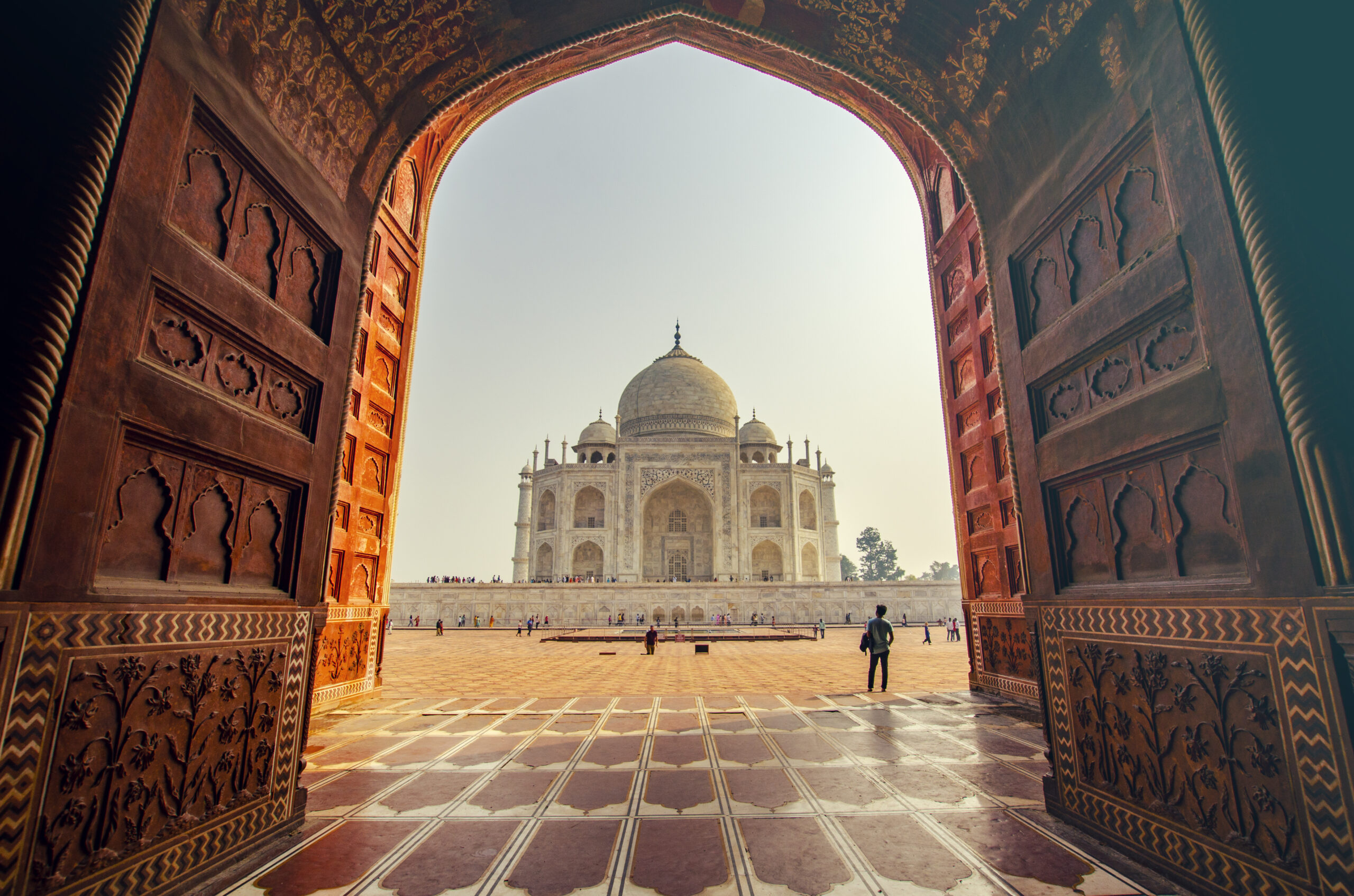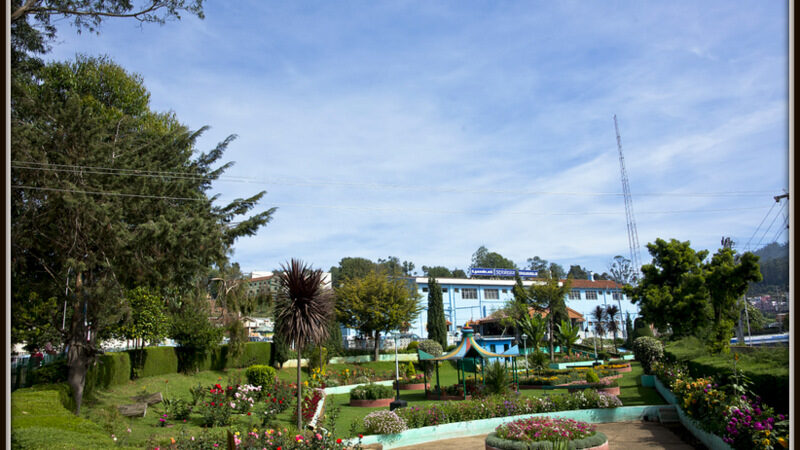With its stunning architecture, historical monuments, and spiritual sites, India is a popular destination for tourists and history enthusiasts. In this article, we’ll explore some of the top destinations in India with historical significance that will leave you amazed
India has an extensive and rich historical past that is visible in its stunning architectural masterpieces, monuments, and temples. Tourists flock to India from all over the world to witness firsthand the enduring legacy of its rich heritage. India is a
country of rich cultural and historical heritage, and it has a plethora of travel destinations that are essential to understand the nation’s history and tradition. Here’s our list of some of the must-visit historical places in India.
TAj MAHAL:

Located in the northern Indian state of Uttar Pradesh, the Taj Mahal is a must-visit destination for every traveller. This mesmerizing marble mausoleum is considered one of the Seven Wonders of the World and has been designated as a UNESCO World Heritage site.
Visiting the Taj Mahal is an unmatched experience that will leave you spellbound. The intricate carvings, the intricate designs, and the flawless symmetry of the monument are awe-inspiring. The mesmerizing view of the Taj Mahal at sunrise or sunset is truly unforgettable. The Taj Mahal stands as a testimony to the love between Shah Jahan and his beloved wife Mumtaz Mahal. This spectacular monument was built as a symbol of the love they shared. The story behind the Taj Mahal is fascinating and adds to the charm of this magnificent masterpiece.
In addition to the Taj Mahal, Agra, the city where the monument is located, is home to several other historical landmarks such as Agra Fort and Fatehpur Sikri. These sites offer a glimpse into India’s rich cultural heritage.
AMER FORT:

Located in the city of Jaipur in Rajasthan, India, Amer Fort is a must-visit destination for any traveller looking to explore history and architecture. Built-in the 16th century by Maharaja Man Singh, the fort is an exquisite fusion of Rajput and Mughal architecture.
A guided tour of the palace will transport you back in time, and help you learn a thing or two about the lives of the Rajput kings who once ruled from this palace. The fort is also home to several museums that showcase the region’s history and heritage, including the Royal Palace Museum, Sheesh Mahal, and Sukh Niwas.
The fort complex is spread over four levels, and you can climb to the top to enjoy panoramic views of the Aravalli Range and Maotha Lake. The views are
particularly stunning at sunrise and sunset. The fort is a testament to the skill of Rajput and Mughal artisans. The intricate carvings, paintings, and frescoes adorning the walls and ceilings are truly remarkable. It’s impossible not to be awed by the craftsmanship on display.
CHOLA TEMPLEs:

The Chola temples in Tamil Nadu were built during the Chola dynasty around the 9th to the 13th century, which is considered the golden period of South Indian history. They are known for their unique style, intricate carvings, and grandeur.
One of the most famous Chola temples is the Brihadeeswara Temple, also known as the Big Temple. This temple is dedicated to Lord Shiva and has a towering vimana (tower) that is over 200 feet tall. This vimana is made out of a single piece of granite and weighs over 80 tons. The temple’s architecture is a testament to the Chola’s mastery of engineering and design. Another notable Chola temple is the Airavateswara Temple, which is known for its finely carved sculptures and stunning frescoes. The temple complex also includes a mandapa (hall) with intricately carved pillars and a beautiful courtyard. Visiting these temples not only offers a chance to marvel at ancient Indian architecture but also provides insight into the religious and cultural practices of the Chola dynasty.




